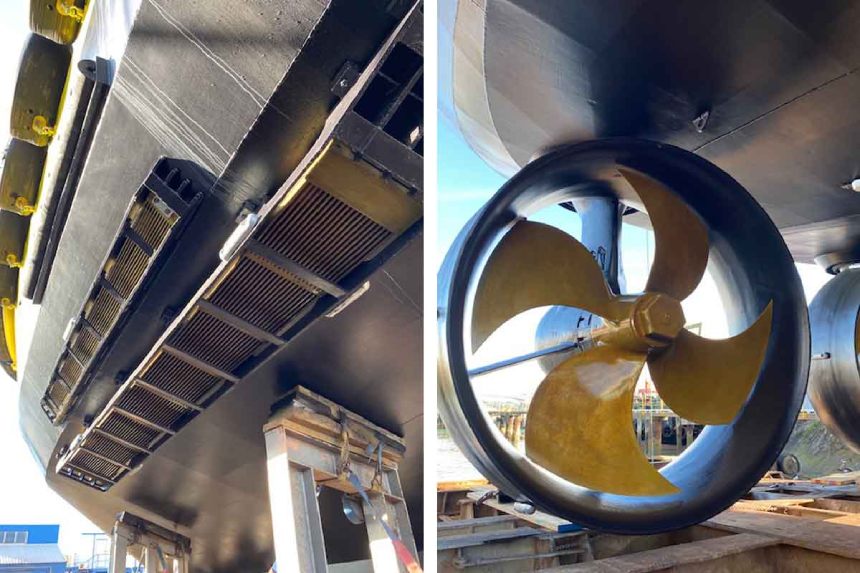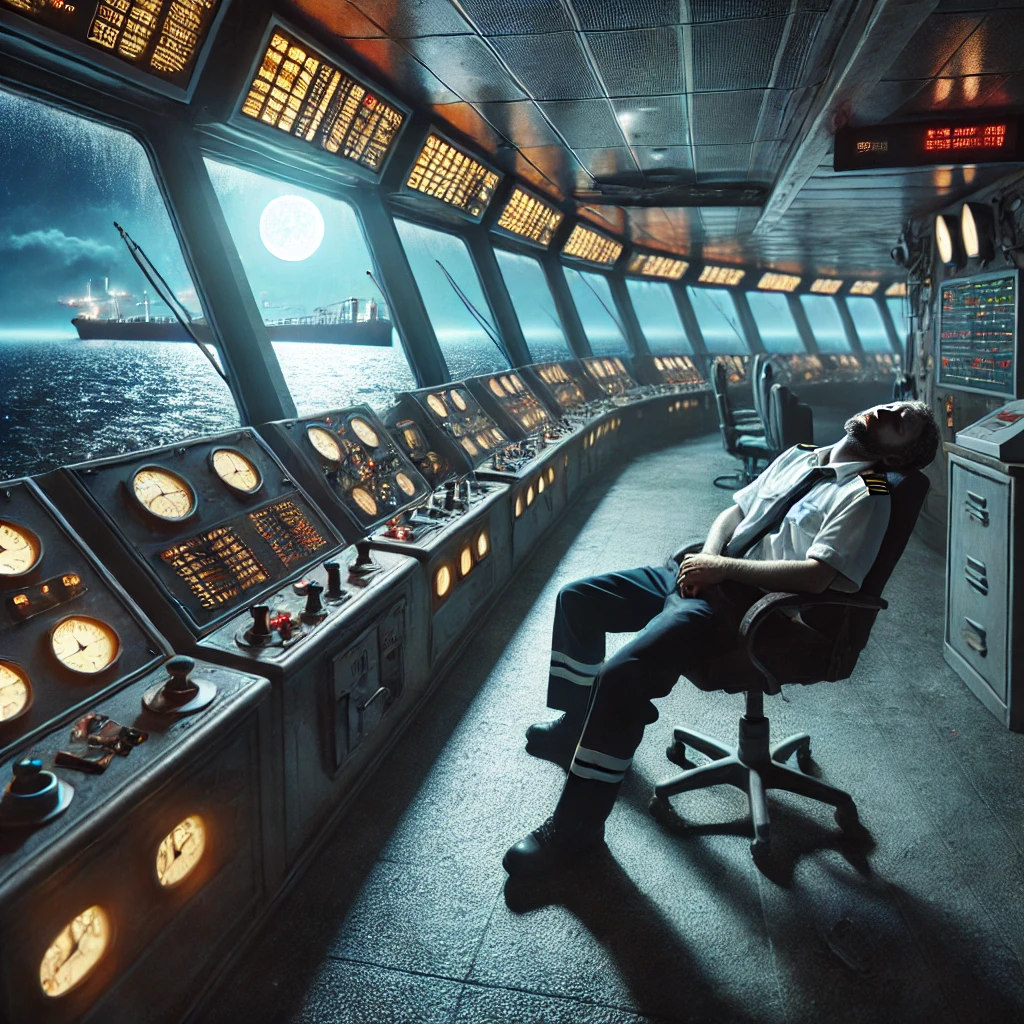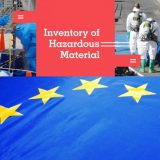Seanergy Maritime Holdings announced that the application of United Maritime Corporation to list its common shares on the Nasdaq Capital Market has been approved. In addition, the registration statement on Form 20-F filed by United in connection with its spin-off from Seanergy has been declared effective by the U.S. Securities and Exchange Commission.
Through United, Seanergy intends to effect a spin-off of the Company’s oldest Capesize vessel, the M/V Gloriuship. United is expected to adopt a diversified business model, with investments across various maritime sectors.
Seanergy shareholders do not need to take any action to receive United shares to which they are entitled, and do not need to pay any consideration or surrender or exchange Seanergy common shares. Seanergy common shareholders will receive one United common share for every 118 Seanergy common shares held at the close of business on June 28, 2022, the record date for the distribution which coincides with the previously-announced record date for Seanergy’s cash dividend of $0.025 per share for the first quarter of 2022. The distribution of United common shares is expected to be made on or around July 5, 2022. United common shares are expected to commence trading on a standalone basis on the Nasdaq Capital Market on the first trading day after the date of distribution, under the ticker “USEA”.
Nasdaq has established an ex-distribution date for the distribution of United common shares of June 27, 2022. Beginning on that date, Seanergy shares will trade without an entitlement by the purchaser of such shares to United common shares distributed in connection with the spin-off. A “when-issued” trading market in United common shares will not be established, and United common shares will not begin trading on a standalone basis until the trading day following the date of distribution.
Fractional common shares of United will not be distributed. Instead, the distribution agent will aggregate fractional common shares into whole shares, sell such whole shares in the open market at prevailing rates promptly after United’s common shares commence trading on the Nasdaq Capital Market, and distribute the net cash proceeds from the sales pro rata to each holder who would otherwise have been entitled to receive fractional common shares in the distribution.
United has filed a registration statement on Form 20-F pursuant to the Securities Exchange Act of 1934 with the SEC, which includes a more detailed description of the terms of the spin-off. A copy of the registration statement on Form 20-F is available at www.sec.gov.
Seanergy Maritime Holdings Corp. (the “Company” or “Seanergy”) (NASDAQ: SHIP) announced today that the Board of Directors has authorized an additional share repurchase plan (the “Plan”), under which the Company may repurchase up to $5 million of its outstanding common shares, convertible notes or warrants.
Moreover, the Company’s CEO, Mr. Stamatis Tsantanis, intends to purchase an additional aggregate of up to 500,000 common shares of the Company in the open market.
Within the last 7 months, the Company has already completed two repurchase plans totalling $26.7 million that were utilised for buybacks of its common shares, convertible notes and warrants.
Stamatis Tsantanis, the Company’s Chairman & Chief Executive Officer, stated:
“Our management and board of directors believe that our current share price is significantly undervalued. Considering this, we feel that authorizing a share buyback is now a well-timed capital allocation decision.
“In addition, I intend to buy an additional 500,000 of Seanergy’s common shares in the open market on top of my previous open-market purchases, which reflects my strong confidence in the Company, its fundamentals and the Capesize market.
“Over the last 18 months, we have concluded a series of significant transactions, resulting in a great fleet of high-quality Capesize vessels and a solid balance sheet position. The Company is optimally positioned to capitalise on the strong outlook of our sector.”
The Plan
The Company may repurchase common shares in open-market transactions pursuant to Rule 10b- 18 of the Securities Exchange Act of 1934, as amended, or pursuant to a trading plan adopted in accordance with Rule 10b5‐1 of the Securities Exchange Act of 1934.
Any repurchases pursuant to the Plan will be made at management’s discretion at prices considered to be attractive and in the best interests of both the Company and its shareholders, subject to the availability of stock, general market conditions, the trading price of the stock, alternative uses for capital, applicable securities laws and the Company’s financial performance. The Plan may be suspended, terminated, or modified at any time for any reason, including market conditions, the cost of repurchasing shares, the availability of alternative investment opportunities, liquidity, and other factors deemed appropriate. These factors may also affect the timing and amount of share repurchases. The Plan does not obligate the Company to purchase any of its shares, and the Company may repurchase other outstanding securities of the Company, including its outstanding convertible notes or warrants, under the Plan. The Board of Directors’ authorization of the Plan is effective immediately and expires on December 31, 2023.
Source: https://cyprusshippingnews.com/2022/06/28/seanergy-maritime-announced-approval-of-listing-on-the-nasdaq-capital-market-and-ex-distribution-for-spin-off-of-united-maritime-corporation-and-additional-share-buybacks-and-open-market-stock-purchas/







